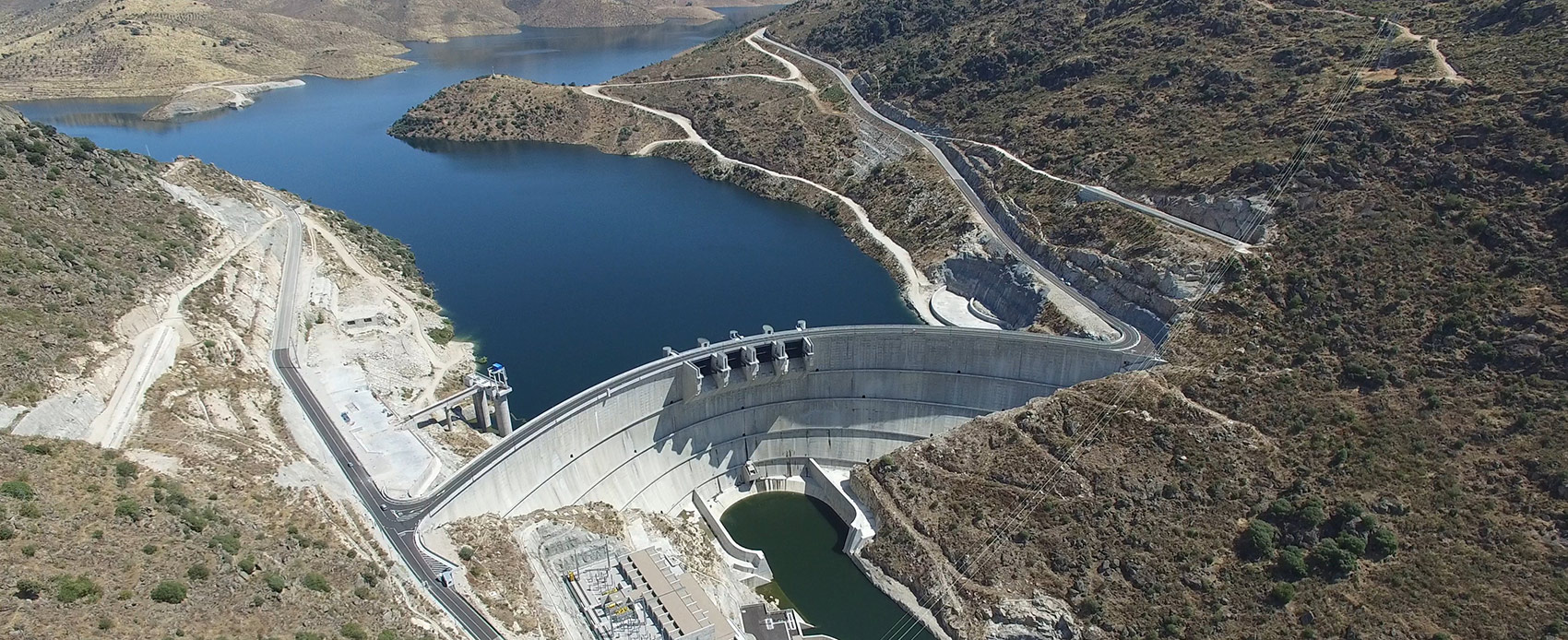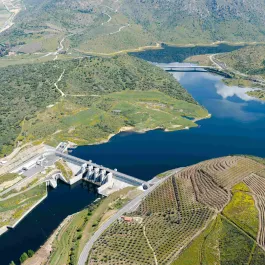The Fire Risk Programs we have implemented with local partners have shown excellent results in the protection of priority habitats.
Under the impact mitigation plan for the Baixo Sabor and Foz Tua hydroelectric stations, both located in the Trás-os-Montes e Alto Douro region in Portugal, a fire risk reduction program has been implemented with the aim of protecting plant areas in these locations, which include habitats listed by EU Directive no. 92/43/EEC.
In addition to surveillance, forest fire prevention, rural road maintenance, and strategic fuel area maintenance and management, the Program focuses on the revival of abandoned land uses - especially olive groves and almond tree groves - and on the existence of actively managed autochthonous forest areas - such as cork oak tree areas for the production of cork - in order to create a protection ring around the priority habitats. The purpose here is to take advantage of the discontinuity created in the vegetation cover to reduce the spread of fires and thus protect these habitats.
Burned areas reduced by 86% and 80%
2019 results show that burned areas in priority habitats have been reduced by about 86% in Baixo Sabor and 80% in Foz Tua. In Baixo Sabor, the program involved local partnerships with active management actions spanning 1,100 hectares and fuel management strips on over 800 private plots, thus protecting a 6,560ha area. In Foz Tua, the same management strategy has been applied with the help of local stakeholders, with active management actions spanning 509 hectares and fuel management strips on over 309 private plots, thus protecting a 4,196ha area. Overall, the two programs cover about 100 km2 and have improved 195 km of roads.
The Baixo Sabor Program offers a longer time series and was the subject of a master's thesis developed under the Bioeconomy Working Group of BCSD Portugal (Business Council for Sustainable Development, Portugal). A more detailed study is being conducted, now focusing on the role and local contribution of this social and ecological system.
Some mitigation measures adopted by EDP:
Fire management:
- Creating a discontinuous vegetation pattern in the area.
- Reducing the amount of fuel (easily combustible dead or dry organic matter) on the ground
- Reviving the area's traditional agriculture by maintaining soil quality and ensuring water supply
- Sowing wheat, rye and garroba. All seeds are locally sourced, which means that the program propagates the area's genetic heritage. It is thus possible to provide producers with plants adapted to local soil and climate conditions, which improves the crop's chances of success.

In addition to the aforementioned measures, the action plans were shared with local communities to involve them in their implementation and raise awareness among local producers on the importance of natural capital management.
The program has been triggering several changes in the local community, thus playing the role of a positive feedback mechanism. For instance, with the resurgence of traditional agriculture, some beekeepers have moved to areas where this activity has become more common. Various crops are enhanced, which fosters good local development practices. This creates several opportunities to increase production, and therefore to expand traditional crops with business potential through sustainable practices.
Territorial management thus went hand in hand with rural development, based on respect for the environment.
Conclusion
Ecosystem-based management has led to several positive results. By protecting, recovering and increasing the value of natural habitats, it was possible to:
- Preserve the region's natural values by promoting ecosystem services, maintaining soil quality, fighting erosion, and protecting biodiversity;
- Foster rural development by reviving traditional practices that promote services such as the production of various saleable products (vegetables, honey, mushrooms, etc.) (European Commission, 2018);
- Reduce the risk of fire, which in the long term results in the provision of ecosystem services such as water filtration, the maintenance of its quality, and the correct functioning of the nutrient cycle (Martinez de Arano et al., 2018).

